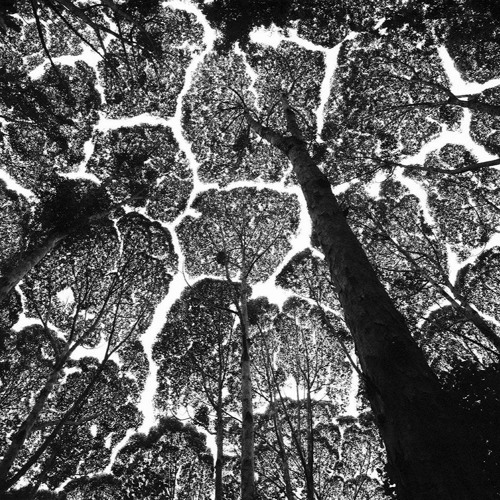🌳🌳🌳
«Nature does not complete things. She is chaotic. Man must finish, and he does so by making a garden and building a wall» (Robert Lee Frost)

First concept1 Second concept2
How to take care of your digital garden
Here are my personal best practices to take care of my digital garden:
- Collect as many seeds as possible: the web is a endless source of useful, fascinating, astonishing and bizzarre music, information, photos and ideas. So take care of your future self’s curiosity and try to fill your knowledge backlog with as much information as you encounter over time;
- Plant a seed link daily: as usual, consistency is the key. So after collecting so many seed, we need to plant them, allowing your garden to grow until it becomes a forest. Try to dive deep into a note every day, or at least avoid breaking the Two-Day Rule;
- Invite friends in your garden: as George Bernard Shaw said: «If you have an apple and I have an apple and we exchange these apples, then you and I will still each have one apple. But if you have an idea and I have an idea and we exchange these ideas, then each of us will have two ideas». Knowledge is the soul of evolution, and the art of sharing it with each other is how human beings practice this art in its finest way. A digital garden is a wonderful use of time when shared, and letting it be public is one of the three main reasons (along with outsourcing memory and linking past concepts) that justifies all the effort.
Digital garden is the way. Stay away from digital gardening
This is my map of this idea — yours might differ
How can we really describe a digital garden in a few words? It is built using notes taken from his gardener during times, but we cannot simply assume that it is a exaustive knowledge source, or gardener amount of knowledge, or the gardener innerself. In my mind there are 3 differents answer to responde to the question about what is a digital garden:
- It is a living abstraction: It doesn’t exist merely as a collection of notes. It becomes a “digital garden” through the act of naming it as such — in my mind, and in my intention. Only if I share that conceptual lens with you (or if you’ve learned it elsewhere), can you perceive this place as a digital garden.
- It embodies the map–territory relation: It’s a map — rich with the information the gardener gathers over time — but it is not the territory. It only reflects the terrain the gardener has seen, not the landscape itself.
- It is a model of thought: The structure and architecture of the garden reflect the gardener’s evolving understanding. It’s not just what’s written — it’s how ideas relate, grow, and transform over time.
In my opinion, at some point, our critical thinking — if we have it — should reveal itself by questioning the method itself.
This happened to me when I began maintaining my digital garden on a daily basis.
The root cause of my doubt comes directly from the Map-Territory relation fallacy described by Alfred Korzybski: the “plants” in the garden are not knowledge.
This entire “territory” is just an exploration tool — nothing more.
It is not complete, and it is not exhaustive. It only reflects the gardener’s subjective process of meaning-making, because notes are living reflections of the one who takes them.
In that sense, they say more about the gardener than about the concepts they attempt to capture.
I can admit that my doubts about the digital garden are still incomplete — but that’s where I’m at.
The only advice I can offer is: enjoy the garden, but always remember that everything you read here is filtered through my way of seeing the world.
